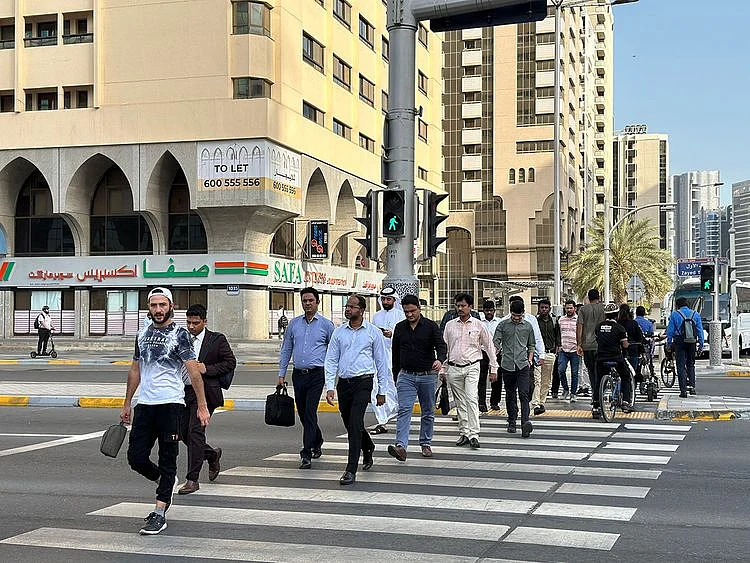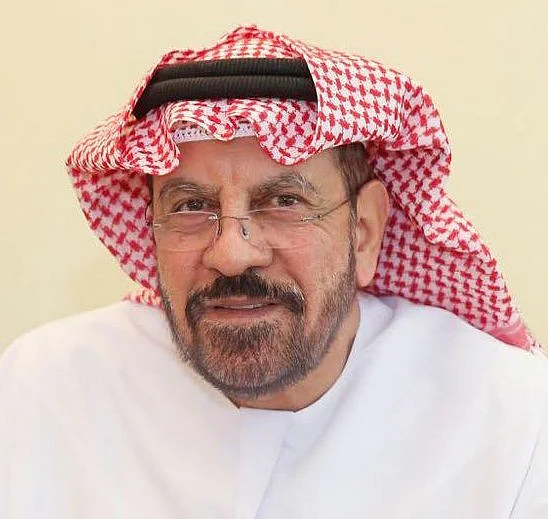UAE among world’s lowest in unemployment as labour force hits record 9.4 million
New FCSC data shows rising participation and continued private-sector dominance in 2024

Abu Dhabi: The Federal Competitiveness and Statistics Centre (FCSC) announced that the size of the labor force in the UAE rose to 9.4 million individuals in 2024, marking a notable increase compared to 2023. The economic participation rate of individuals aged 15 and above also increased to 81.4%, up from 78.5% in 2023, while the unemployment rate declined to 1.9%, compared to 2.1% in 2023, remaining among the lowest globally, according to International Labour Organization estimates. This reflects the strength of the national labor market and continued growth across various economic sectors.
UAE’s global leadership in labour market competitiveness indicators
In a report issued by the International Institute for Management Development (IMD) and published in the World Competitiveness Yearbook, the FCSC revealed that the UAE continues to solidify its global leadership in labor market competitiveness indicators. The UAE ranked first globally in the Labour Force Growth Index for 2025, and placed among the top five globally in five other labour market competitiveness indicators, including:
• 2nd globally in Labor Force Percentage
• 2nd globally in Foreign Labor Force Percentage
• 3rd globally in Availability of Skilled Labor
• 4th globally in Availability of Labor Regulations
• 5th globally in Unit Labor Cost for the Total Economy
Unemployment rate drops to 1.9%
Hanan Ahli, Director of the FCSC, said: “The positive results of the 2024 Labor Force Survey—which showed an increase in the size of the labor force, a rise in economic participation, and a decline in the unemployment rate to just 1.9% compared to the global average—are not merely statistical figures. They are the outcome of the visionary leadership of our nation, which continues to build an ideal environment for workforce growth and provide sustainable opportunities through initiatives and policies that support labor force development and reduce unemployment rates.”
She added that the Labor Force Survey is one of the most important household surveys, as it provides the necessary data for research and statistical analysis, supports decision makers at all levels, and delivers up-to-date, accurate, high-quality data on the characteristics of the population based on their relationship to the labor force in general, and on the characteristics of labor force participants in particular.
9.4 million individuals in the labour force – 81% of them male
The survey results conducted by the FCSC in partnership with local statistical centers in the UAE showed an increase in the size of the labor force in 2024 compared to 2023, reaching 9.4 million individuals aged 15 and above, whether employed or unemployed. The number of employed persons also increased to 9.2 million, of whom 81% were male (7.5 million) and 19% female (1.7 million). The economic participation rate rose to 81.4%, compared to 78.5% in 2023, representing the percentage of the labor force among the total UAE population aged 15 and above.
UAE among the lowest in the world in unemployment rate
The results of the UAE Labor Force Survey showed a decline in youth unemployment (ages 15–24) to 5.2%, down from 16.7% in 2023. Overall unemployment fell to 1.9%, compared to 2.1% in 2023, a notably low rate compared to the global average of 4.9%, making the UAE one of the lowest countries worldwide in unemployment, according to ILO estimates.
Private sector leads the UAE labour market
Data indicated that the private sector accounts for 85% of the workforce, equivalent to 7.8 million individuals (aged 15 and above), including 6.7 million males and 1 million females. The remaining share is distributed among local and federal government sectors, diplomatic bodies, non-profit organizations, and other sectors.
Labor force data by age group for 2024 showed that the largest share of employed individuals were in the 30–39 age group, totaling 3.3 million individuals (36%), followed by the 25–29 age group with 1.5 million, and the 40–44 age group with 1.4 million.
The survey also showed that 96% of all employed individuals are wage earners, totaling 8.8 million, including 7.2 million males and 1.6 million females. Meanwhile, 3% were employers or self-employed, totaling 343,700 individuals, including 301,900 males and 41,700 females.
Employment by occupation
• Legislators, senior officials, and managers: 8%
• Professionals, technicians, and associate professionals: 26% (2.3 million)
• Clerical, sales, and service workers: 1.9 million (20%)
• Craft and related trades workers, and plant/machine operators: 28% (2.6 million), most of whom were male (2.5 million)
• Other workers (domestic and support labor): 17%
Household surveys
The Labor Force Survey is one of the primary household surveys that helps identify the relationship of working-age individuals to the labor market, whether employed, unemployed (seeking and available for work), or outside the labor force (such as homemakers, students, people unable or unwilling to work, or retirees). The survey is conducted annually in the fourth quarter of the year, a period characterized by relative stability when all individuals are typically present in the country.
World competitiveness yearbook
The World Competitiveness Yearbook is a report published by the International Institute for Management Development (IMD) in Lausanne, Switzerland, that assesses countries’ ability to create and sustain a competitive environment for development. The report is based on four main pillars: economic performance, government efficiency, business efficiency, and infrastructure, and evaluates various countries using 335 sub-indicators.
• Objective:
The report aims to analyze and assess countries’ competitiveness by measuring their performance in the areas of economy, business, government, and infrastructure.
• Methodology:
The report relies on four main pillars divided into 20 sub-factors, using a set of detailed indicators to evaluate each country.
• Data Sources:
Data is collected through surveys directed at business executives in participating countries, in addition to statistical data.
• Results:
The report identifies the most competitive countries and provides insights into their strengths and weaknesses. Switzerland ranked first in 2025.
• Importance:
The Yearbook is considered a key reference for international organizations and institutions and serves as a primary indicator of countries’ progress in various competitiveness dimensions.
Key features of IMD
• Location:
Headquartered in Lausanne, Switzerland, with branches in Singapore.
• Programs:
Focuses on offering MBA and Executive MBA (EMBA) programs.
• Emphasis:
Prioritizes personal development, leadership, and general management rather than purely technical expertise, which often enables its graduates to assume roles in the industrial sector.
• Executive Education:
Consistently ranked among the top three globally for executive education by the Financial Times for several consecutive years.
• Reports:
Publishes the World Competitiveness Yearbook, a highly regarded reference for international organizations and institutions.
Sign up for the Daily Briefing
Get the latest news and updates straight to your inbox
Network Links
GN StoreDownload our app
© Al Nisr Publishing LLC 2025. All rights reserved.
